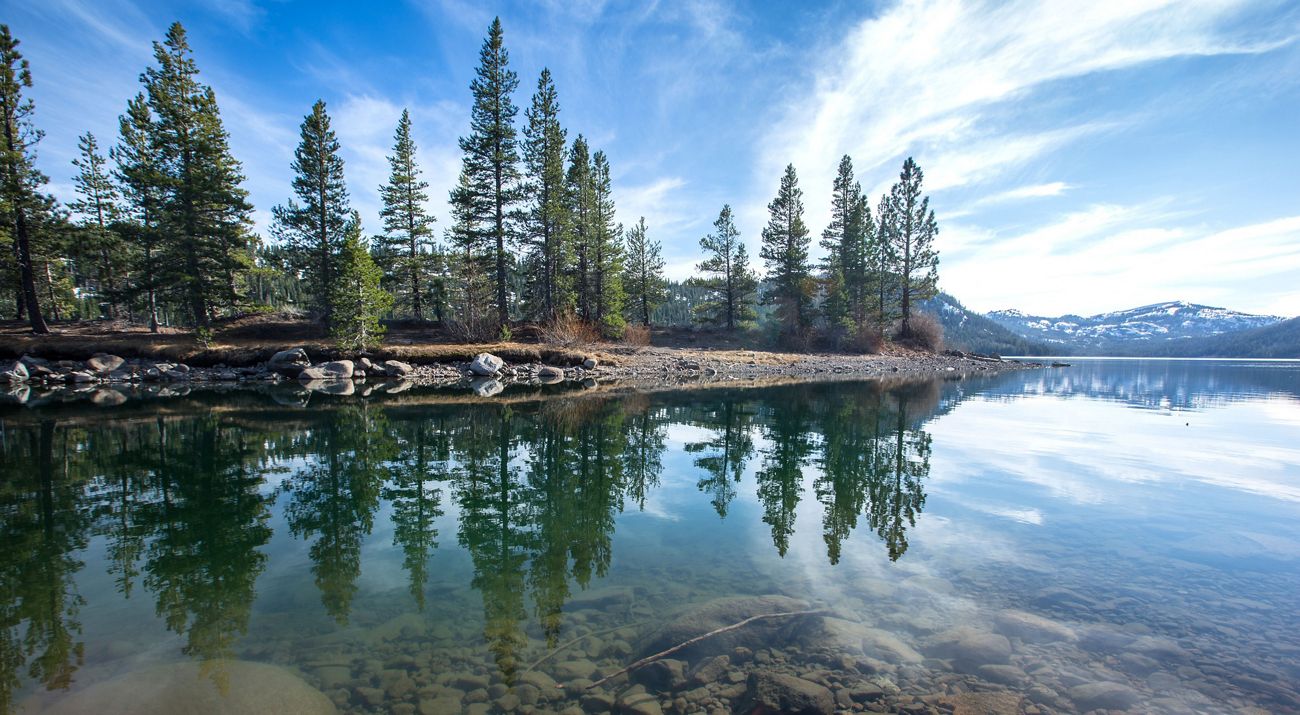Fixing Forests in the Eastern Sierra
Restoring forests is about a lot more than trees. It's about protecting clean drinking water and quality of life in our communities.
“Thinning our forests makes them healthier and more resilient to climate change and drought."
-Duane Petite, Carson River Project DirectorForests are more than just trees. They’re air cleaners, water filters, soil stabilizers, homes and havens, too. Just like us when we’re sick, forests can’t efficiently do what they need to if they aren’t healthy. That’s why The Nature Conservancy is working to restore forests in many of the places we work.
Healthy forests mean clean drinking water. Our projects in the Eastern Sierra this year protected clean water for Nevada communities, including Reno, Sparks and Carson City.
- Watch a video about how we thinned 800 acres around Clear Creek
- Listen to an interview about the benefits of our multi-year effort to restore 600 acres at Independence Lake Preserve
- Read an article about how trees from our thinning project were used to restore a river
- Donate to protect your clean drinking water now >>
FIRE AND WATER
Preventing forest fires is at the heart of our tree thinning projects. Catastrophic forest fires damage wildlife habitat, but also threaten safety and compromise air and water quality. By turning dense, overgrown forests into healthy ones, we greatly reduce the risk of wildfires that do that kind of damage.
“Thinning our forests makes them healthier and more resilient to climate change and drought,” explains Duane Petite, TNC’s Carson River project director, who led our thinning efforts at Clear Creek in the Carson Valley.
At Clear Creek, we recently partnered with federal, state and local agencies, as well as a private landowner, on a restoration project to thin 800 acres of overgrown Jeffrey pine forest.
We also wrapped up a similar project that’s been five years in the making to thin 600 acres of forest at Independence Lake Preserve. Independence Lake provides vital drought storage for drinking water needed by 300,000 people living in the communities of Reno and Sparks.
RECYCLING TREES
The good we're doing for nature with forest restoration doesn't stop at just reducing fires, either. Downed trees from Independence Lake were integrated into a restoration project at Prosser Creek, a popular place for trout fishing. The Truckee River Watershed Council and the U.S. Forest Service used the donated trees to create engineered “log jams” along the stream banks, enhancing fish habitat.
